The Beth El Civil Rights Experience
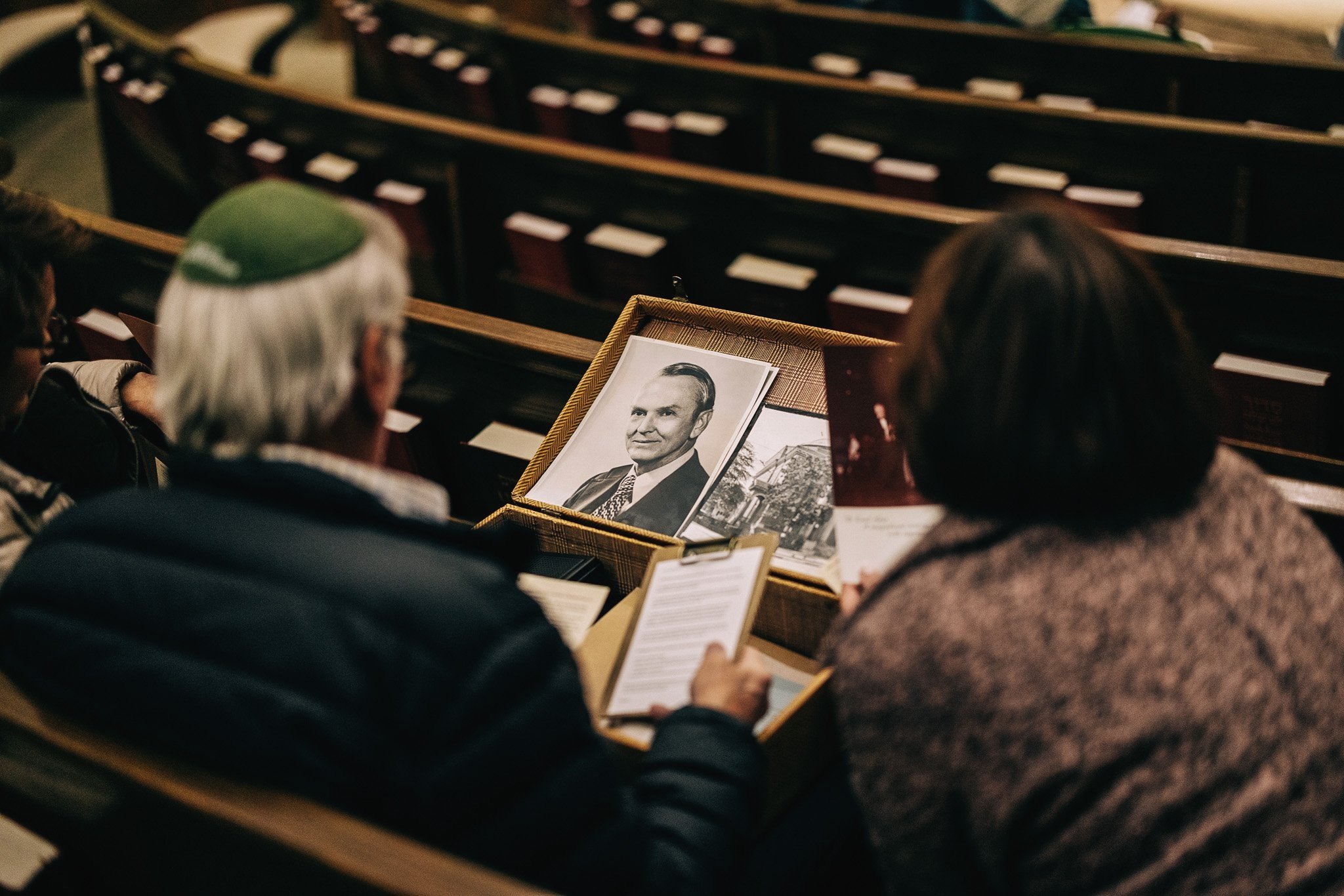
A synagogue in Birmingham, Alabama is publicly confronting the legacy of its 1958 bombing attempt for the first time. Though it did not detonate, the bomb set off a ripple effect throughout the Jewish community, leading some to retreat in fear while others took action in the Civil Rights Movement.
Amidst another rise in antisemitism and racism today, Temple Beth El is hosting visitors from around the country to examine how previous generations practiced allyship in one of America’s most challenging moments.
“In Solidarity” is an immersive exhibit produced by 1504 inside the historic synagogue that integrates mixed-media storytelling and experiential learning to explore a Jewish lens on the Civil Rights Movement and the role that all can play in pursuit of justice.
To learn more, explore the profile of the project in the New York Times.
select works
The Film
No synagogue can be reduced to one symbol or moment, but for Temple Beth El, a day in 1958 forever altered its course. A short documentary explores this unfolding story and establishes themes for the visitors’ journey: Why is it important that we understand white supremacy as a common enemy? How can the Jewish faith be a source of strength in combating injustice today?
The Microsite
Groups from around the country are visiting the exhibit as an alternative approach to justice education, where they are invited into the messy work of humanizing history. The experience is open to all by appointment through the website, which provides a platform for future stories, engagement opportunities, and educational resources.
The Zine
Each participant receives a printed contemplative guide designed by Samantha Richardson for further discovery, including a historical timeline, congregant interview, and statement from Lisa McNair, whose sister was killed in the bombing of 16th Street Baptist Church.
GALLERY
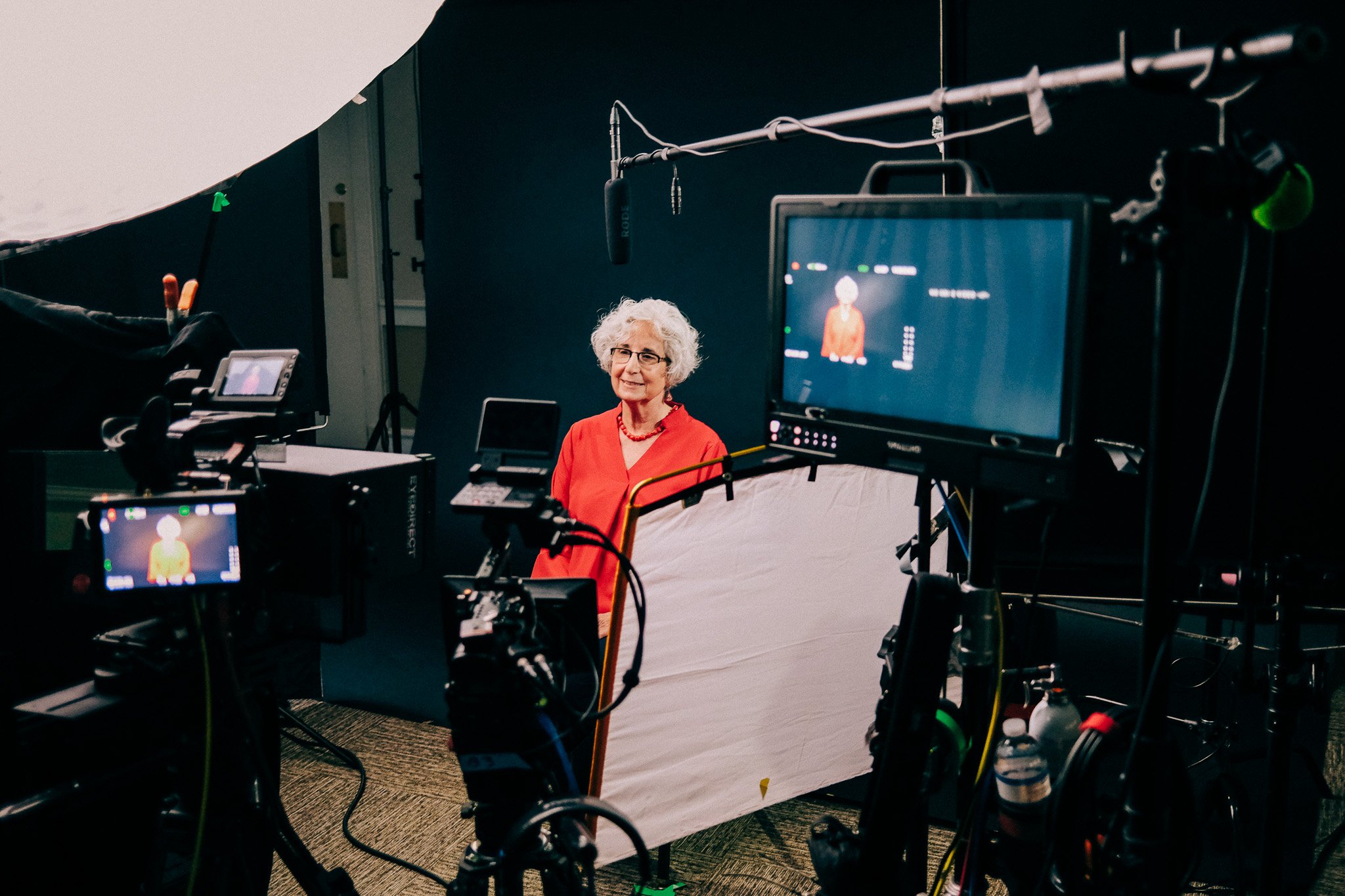
T.K. Thorne, the city’s first Jewish polish captain, discusses the history of domestic terrorism in Birmingham.
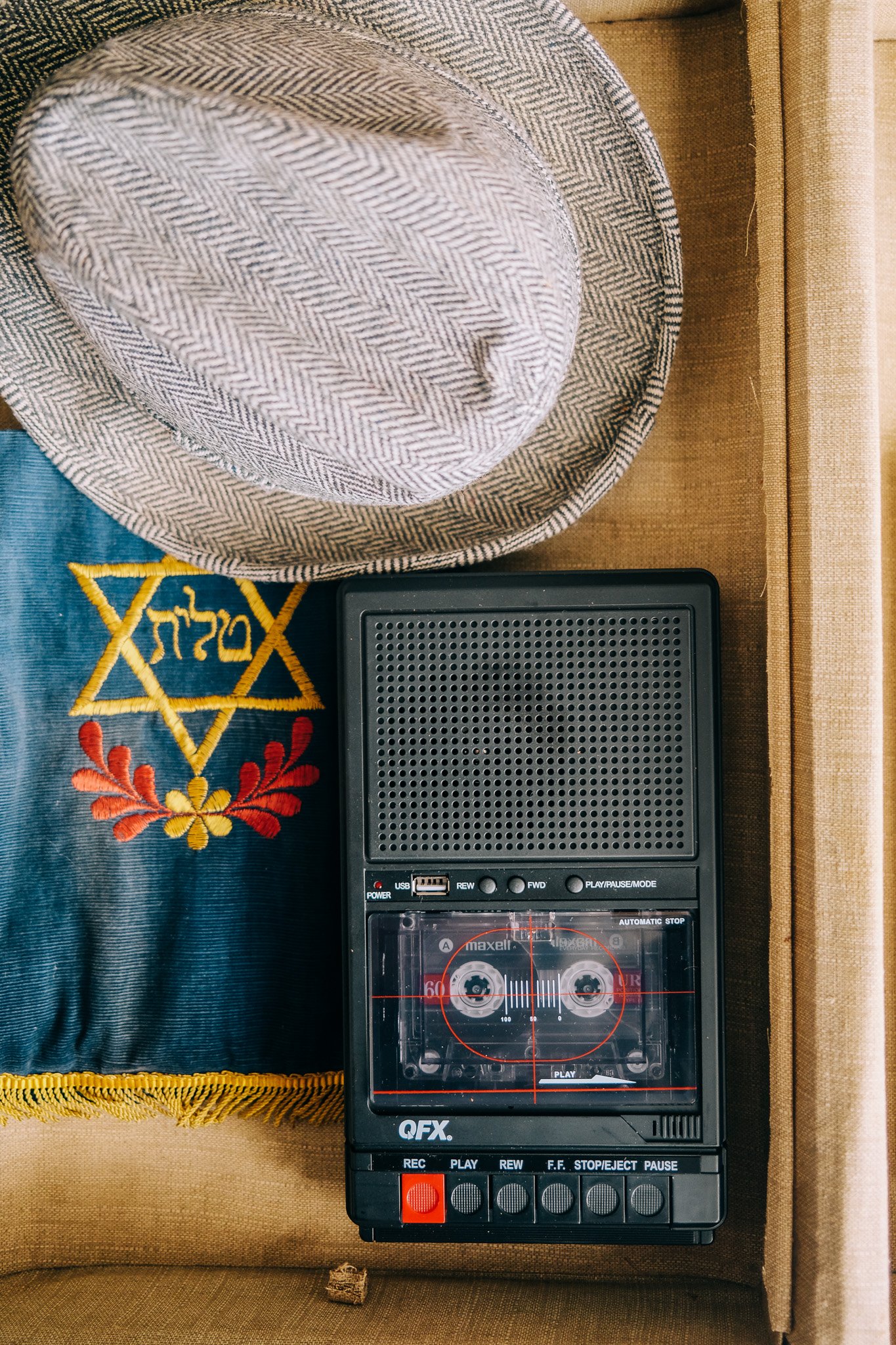
Participants are divided into groups and given suitcases that each represent a Jewish person from the community who decided to take some degree of action.
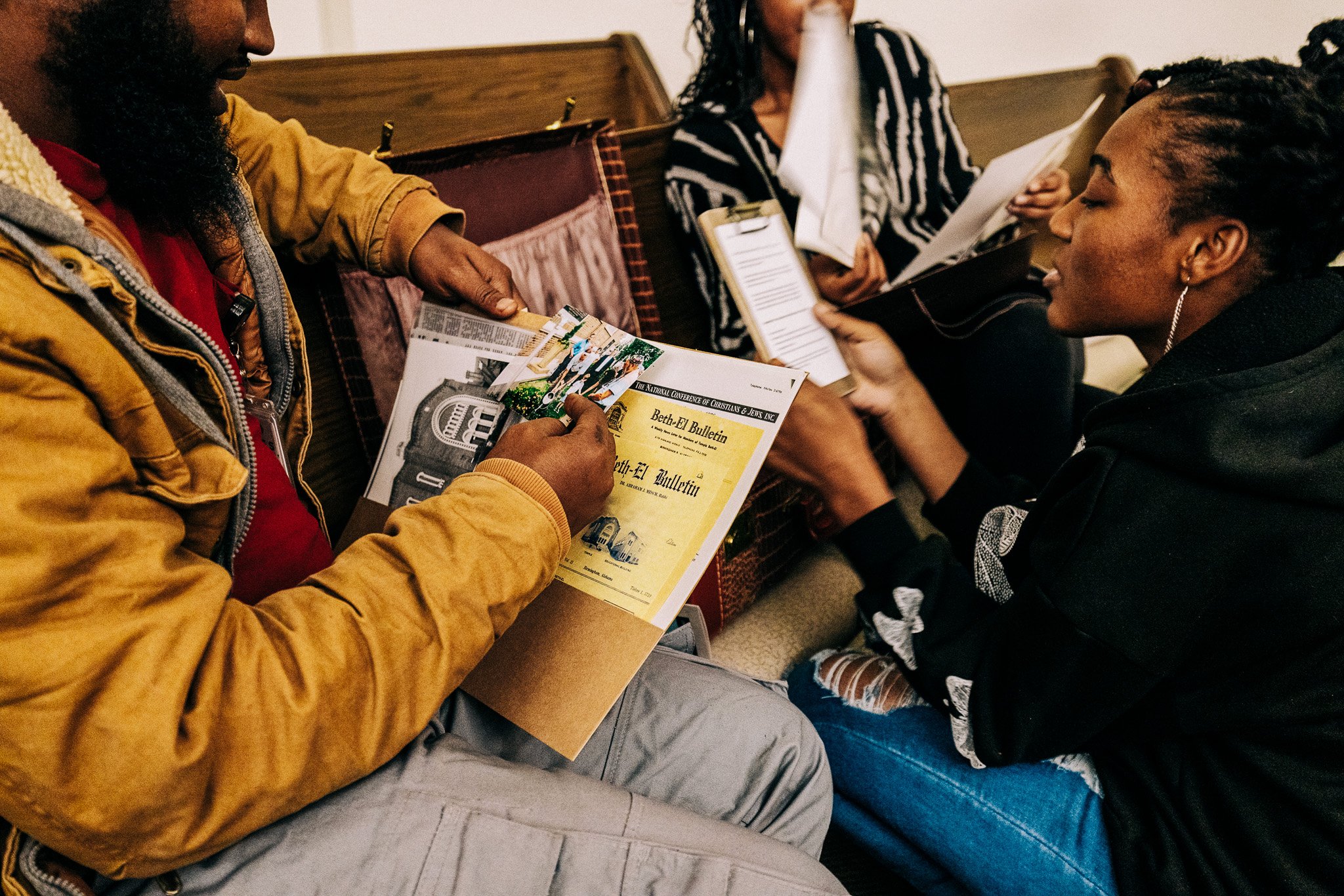
Cases are filled with letters, photographs, news clippings, ephemera, and artifacts related to the person’s story for a time of hands-on exploration of primary sources.
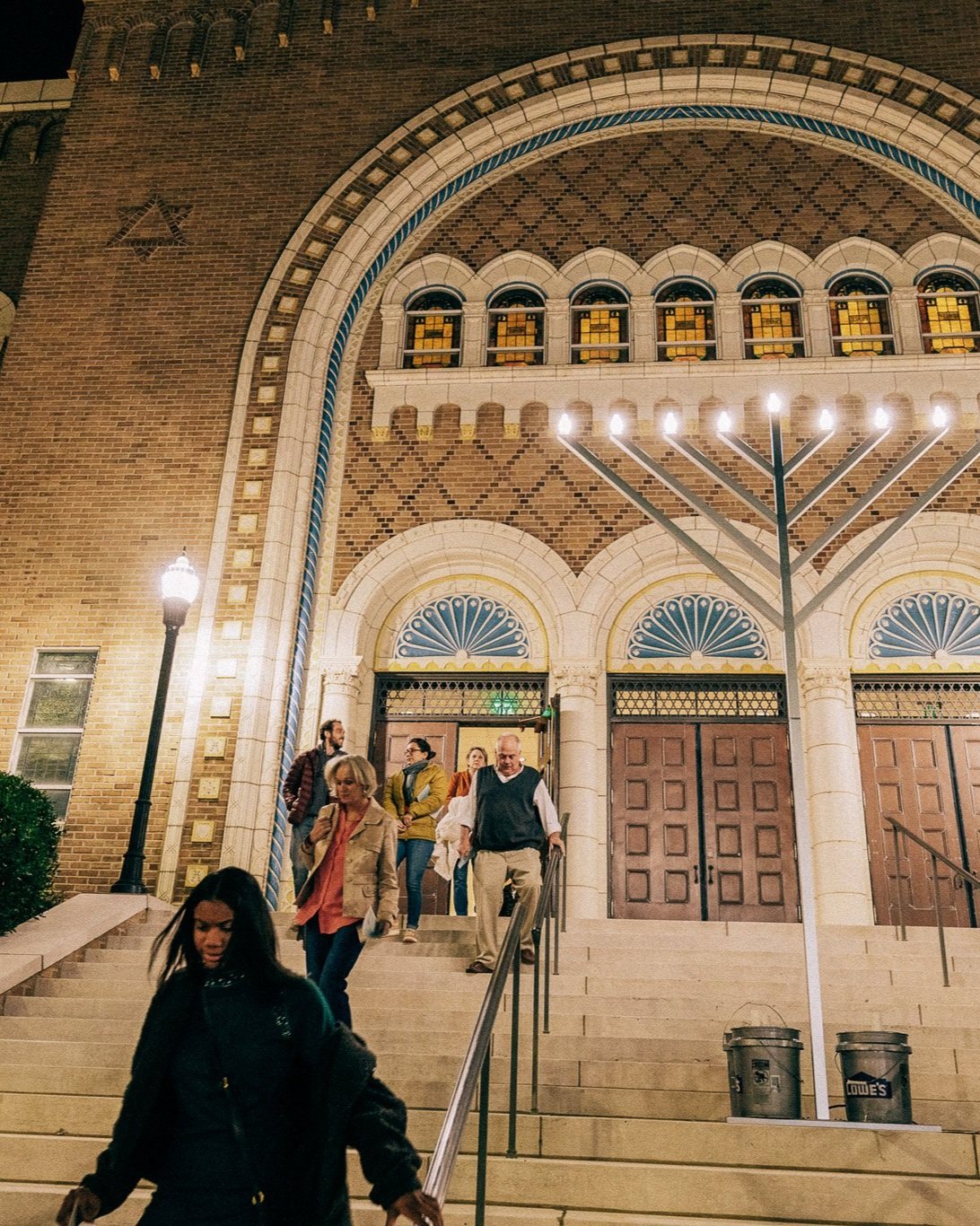
The experience concludes at the site where the bomb was found with closing words from Rabbi Tarfon in the second century: “It is not on you to finish the task, but neither are you free to desist from it.”
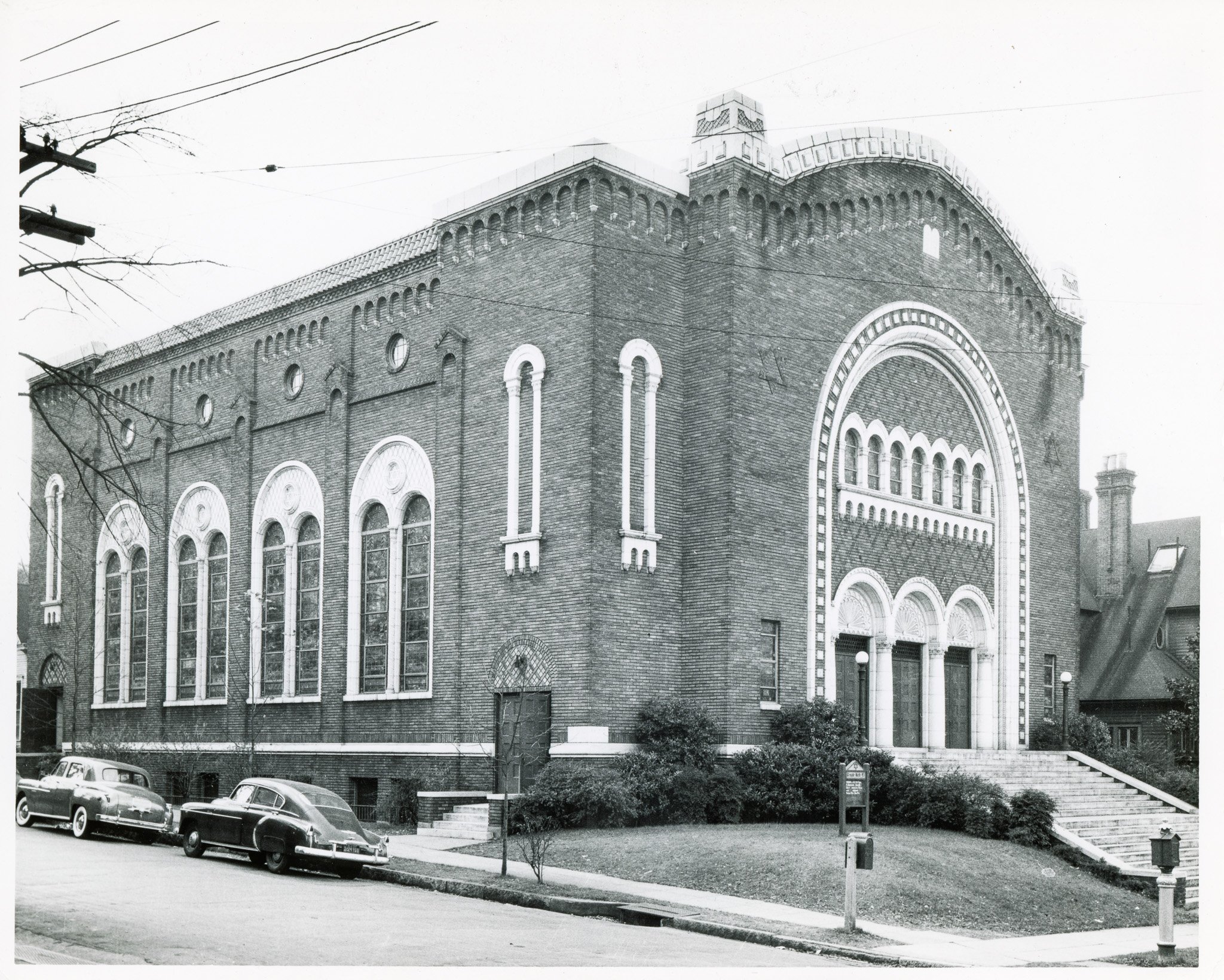
Temple Beth El in 1963 during the height of the Civil Rights Movement in Birmingham.
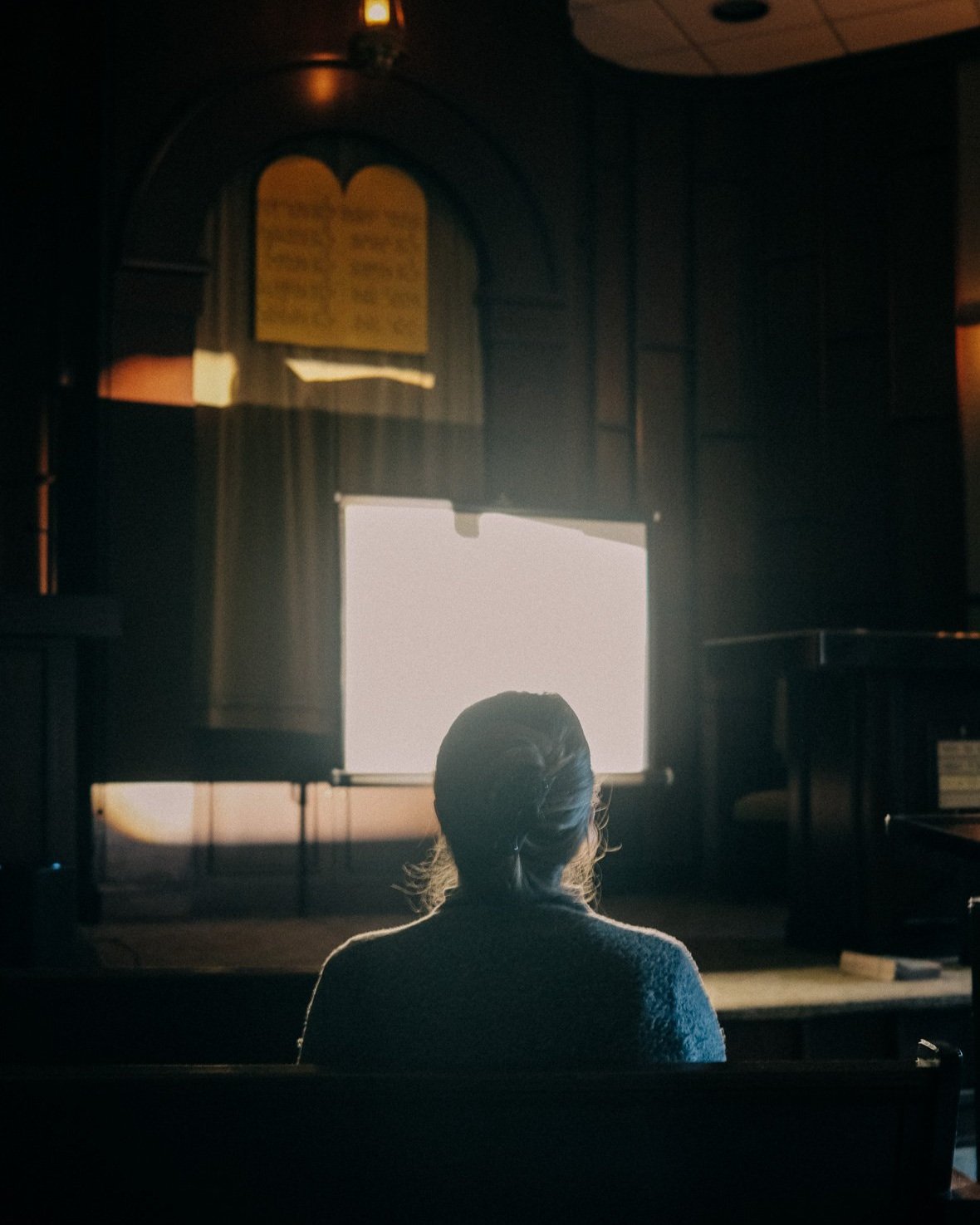
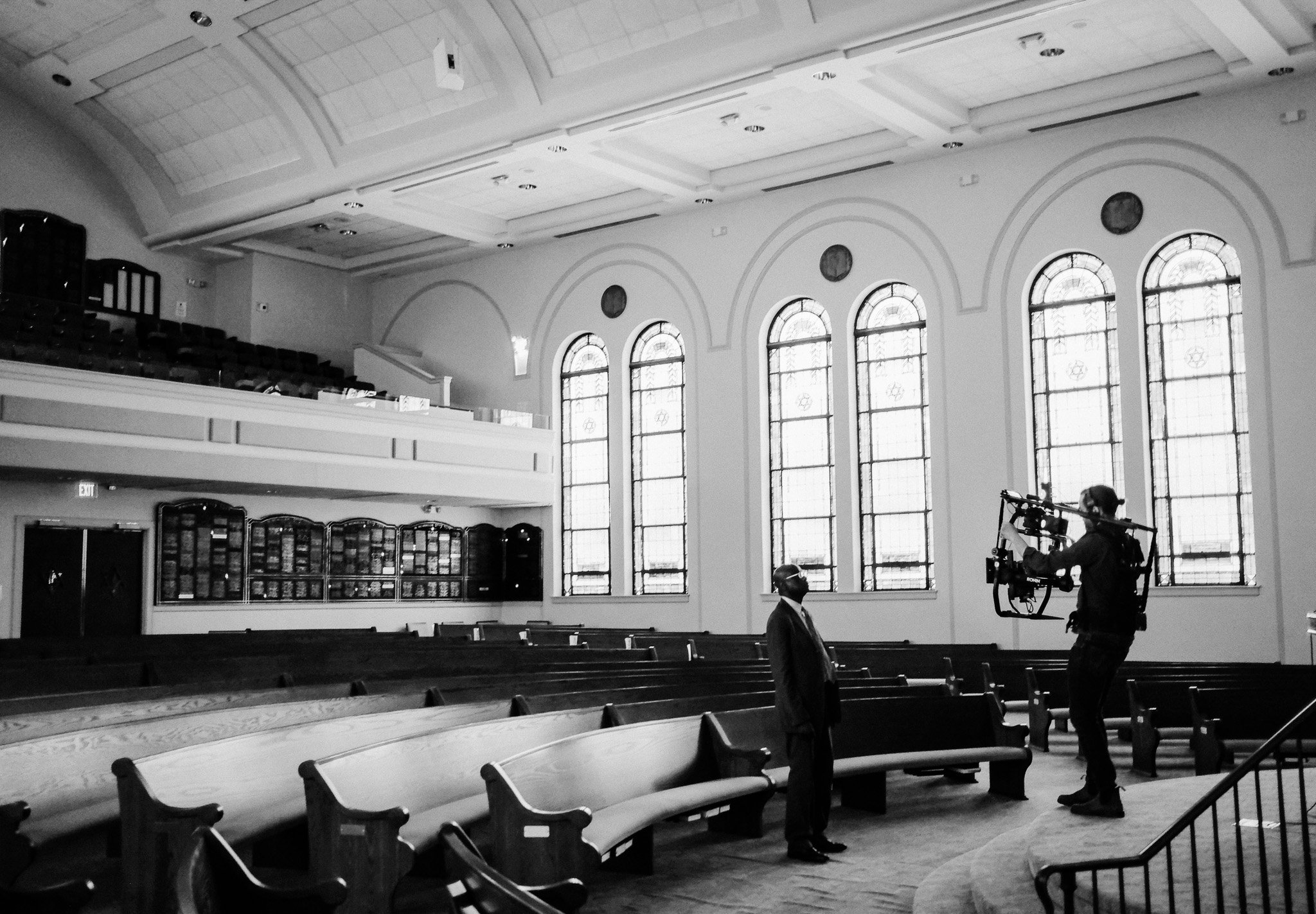
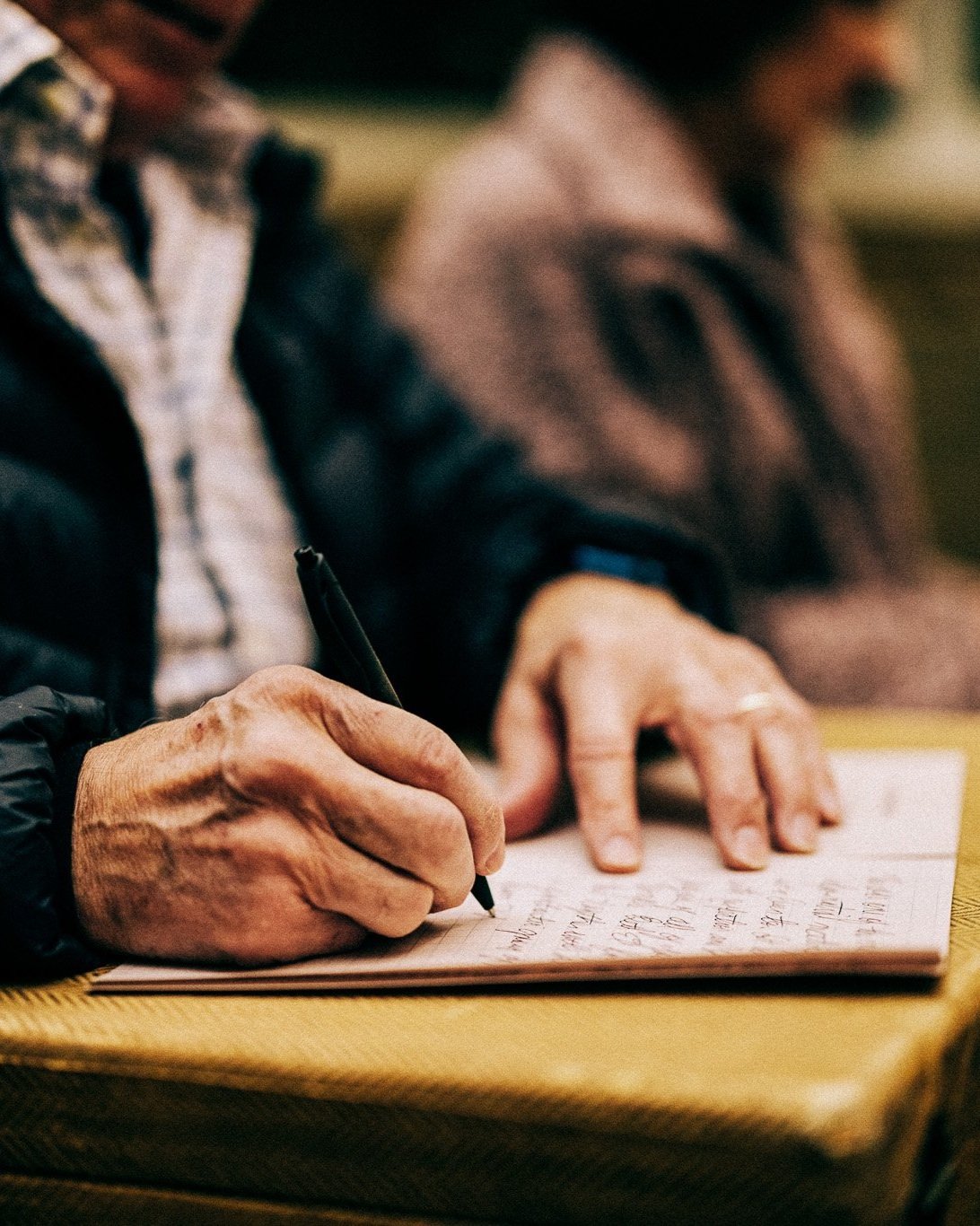
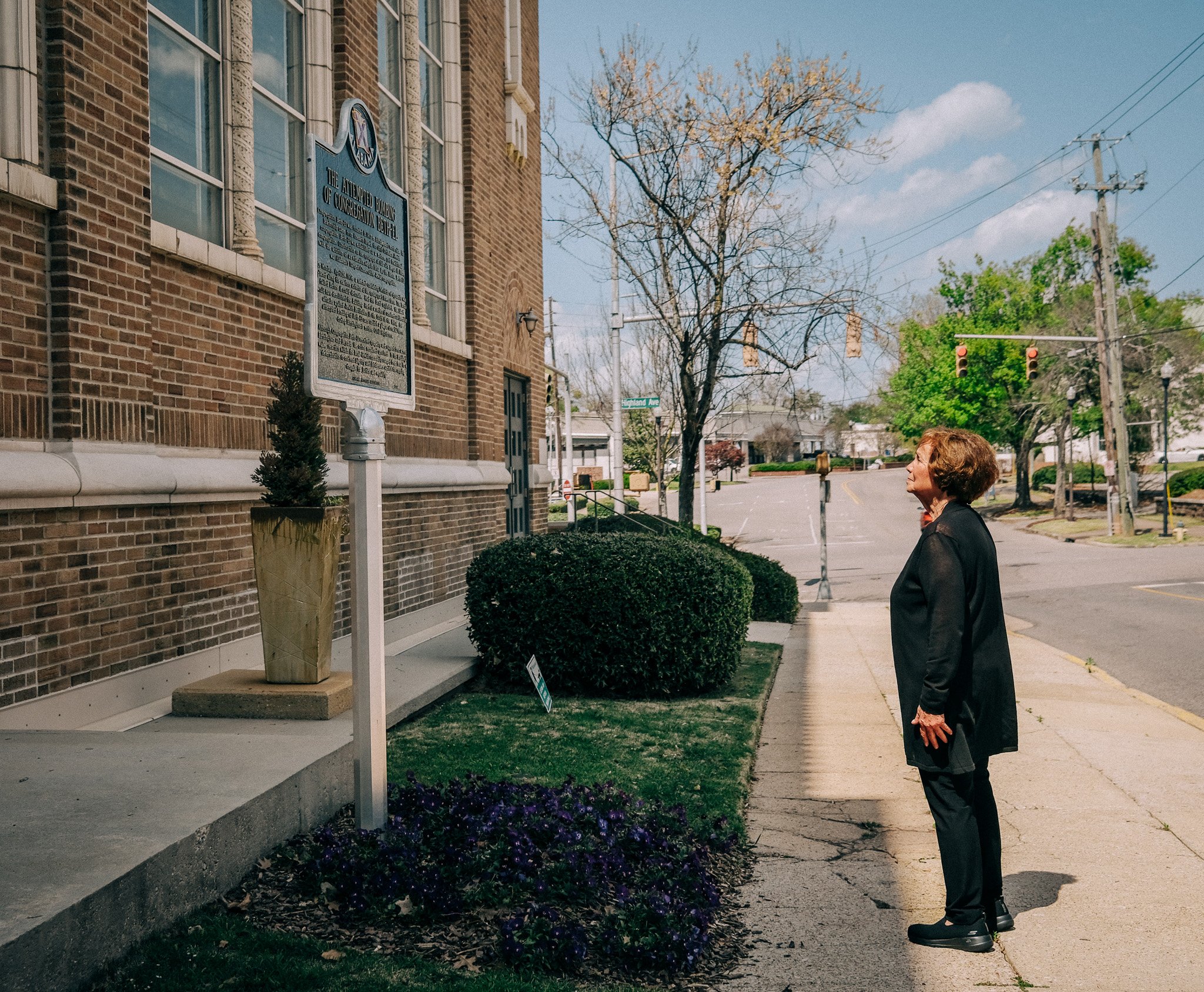
Faye Kimerling, revisiting the congregation of her childhood and the site where a bomb was found. Her oral history is featured in an audio story installed in one of the chapels.
In conversation
All the elements are so complex, tenderly considered, and designed to promote solidarity in ways that few projects achieve.
— Dr. Aymar Jean Christian, Director of the Media and Data Equity Lab
at Northwestern University





